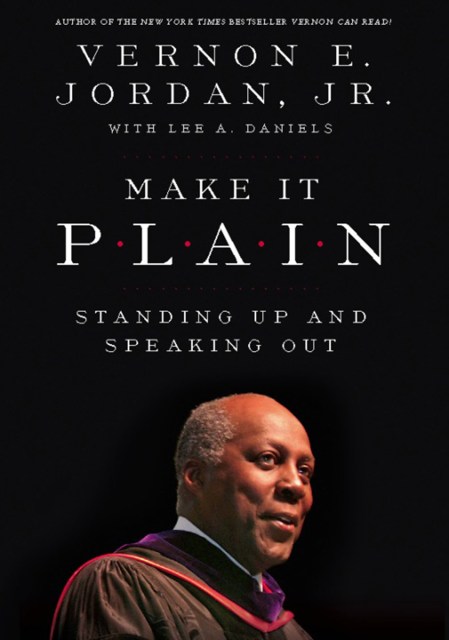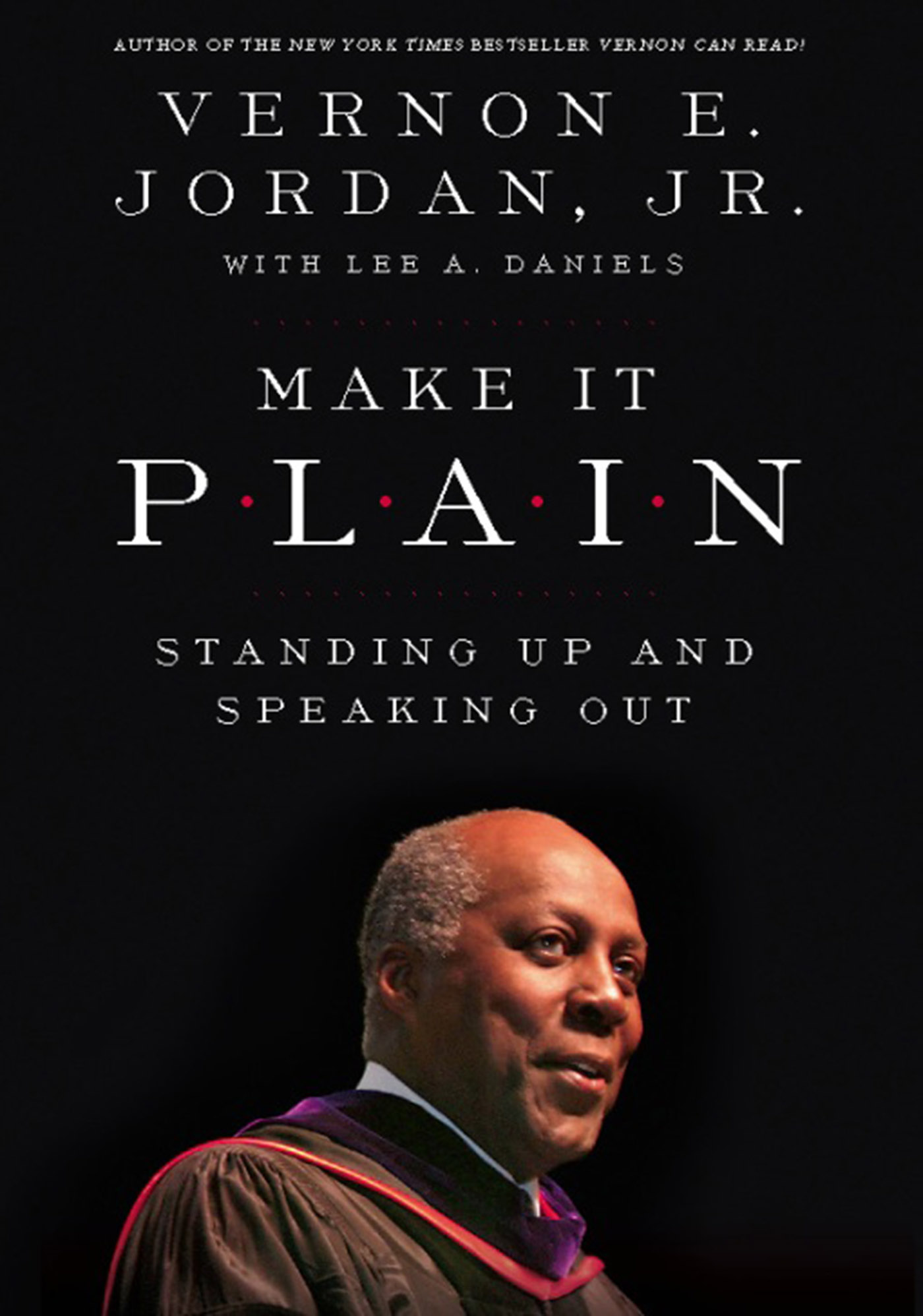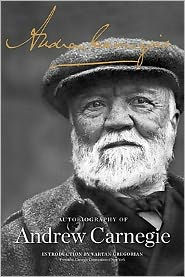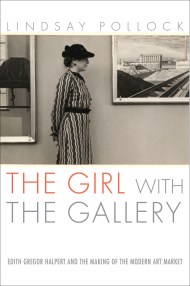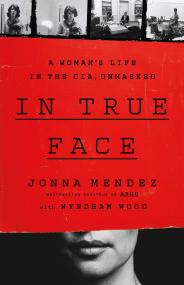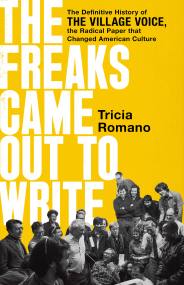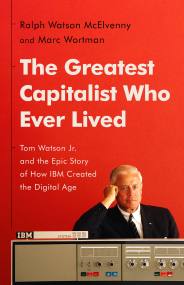Promotion
Use code MOM24 for 20% off site wide + free shipping over $45
Make it Plain
Standing Up and Speaking Out
Contributors
With Lee A. Daniels
Formats and Prices
Price
$10.99Price
$13.99 CADFormat
Format:
- ebook $10.99 $13.99 CAD
- Trade Paperback $19.99 $25.99 CAD
This item is a preorder. Your payment method will be charged immediately, and the product is expected to ship on or around October 13, 2009. This date is subject to change due to shipping delays beyond our control.
Also available from:
Vernon E. Jordan, Jr., one of the nation’s finest speakers, imbibed this tradition as a young man and has given it his own unique inflection from his work on the civil rights front lines, to the National Urban League, to positions of influence at the highest level of business and politics. A friend and confidant to presidents, Jordan has never forgotten the men and women — from Ruby Hurley to Wiley Branton to Gardner C. Taylor to Martin Luther King, Jr. — whose oratorical skill in service to social justice deeply influenced him. Their examples and voices, reflected in Vernon’s own, make this book both a history and an embodiment of black speech at its finest: Full of emotion, controlled force, righteous indignation, love of country, and awe in front of the God-given challenges ahead.
Genre:
- On Sale
- Oct 13, 2009
- Page Count
- 304 pages
- Publisher
- PublicAffairs
- ISBN-13
- 9780786726363
Newsletter Signup
By clicking ‘Sign Up,’ I acknowledge that I have read and agree to Hachette Book Group’s Privacy Policy and Terms of Use
